|
Leaders of Dai Son commune inspected and evaluated the potential for green economic development in Ho Lan area, Da Coi village. |
Potential awakened
Dai Son commune has a natural area of over 76,374 km2, of which production forest covers an area of over 4,030 hectares, with a forest cover ratio of up to 65%. With the advantage of mountainous terrain and large forest land, people here soon became familiar with forestry, animal husbandry, and fruit tree planting.
However, for many years, people's production was mainly small-scale, fragmented, and dependent on the weather. "In the past, when it rained heavily, the road into the forest was muddy, and people had to hire people to carry wood and fruit to the market. We could earn a few bucks from selling the forest, and then had to worry about replanting, so there wasn't much left over all year round," recalled Ms. Tran Thi Loi, a Cao Lan ethnic group - a long-time forest grower in Viet Tien village.
Since the commune identified the green economic direction, people have begun to change their way of doing things. The government has invested in internal roads, supported loans, and provided technical guidance on afforestation combined with livestock raising under the forest canopy.
Currently, the total revenue from forestry in Dai Son commune reaches about 292 billion VND per year. The average production value per hectare of agricultural land reaches 66.2 million VND, the income per hectare of forestry land per cycle reaches 94 million VND. Dai Son commune sets a target that by 2030, the production value per hectare of agricultural land will reach 125 million VND, and people's income will increase by 80% compared to 2025.
From chicken farm to clean fruit area
|
Mr. To Van Lai's family's free-range chicken farm is raised using natural methods. |
Under the acacia canopy in Tan Son village, the free-range chicken farm of Mr. To Van Lai's family (Cao Lan ethnic group) in Viet Tien village is nestled in the middle of a lush green hill. The faint smell of dry grass and corn bran blends with the sound of chickens calling and the rustling of footsteps on the ground. Mr. Lai, whose hands are still covered in bran, smiles and says: "Before, I raised several hundred chickens, and every batch was worried about diseases, cold rains... and they died en masse. After being trained in biosafety farming techniques, I boldly borrowed capital and expanded to more than 6,000 chickens."
Unlike the industrial model, his chickens are free-range in a nearly 2-hectare garden, surrounded by green hedges. Their main food is corn, rice, and vegetables grown in the garden. The waste is treated with probiotics, so there is no foul smell. “It’s harder work, but it’s reassuring. The chickens are firm and fragrant, and regular customers order early,” said Lai, while scooping up a handful of rice and scattering it to the flock of chickens that are running towards him. After many years of persevering with sustainable farming, Lai has a stable income, and after deducting expenses, he makes a profit of hundreds of millions of dong each year.
Not only raising livestock, Dai Son is also famous for its specialty fruit growing areas such as lychee and apple. The whole commune has 639 hectares of lychee, with an output of 10,024 tons/year; 190 hectares of apples, with an average output of 3,575 tons/year; every year apples and lychees bring in hundreds of billions of VND in revenue (about 200 billion VND in 2025). For many years now, some households have switched to organic farming, minimizing pesticides. The orchards of ripe golden apples, plump round fruits, with traceability stamps, have created the Dai Son Apple brand that meets 3-star OCOP standards and is favored by consumers.
Towards sustainable development
|
Forests and fruit gardens are key products in green agricultural development in Dai Son commune. |
However, the path to "greening" production is not always smooth. Mr. Giap Trung Kien, Vice Chairman of the Commune People's Committee, shared: "The most difficult thing is to change production habits. Many households are still hesitant to invest and afraid of risks. At first, some people criticized "raising clean chickens is difficult to sell". But now, seeing the effectiveness, they want to learn from it. To help people feel secure, the commune focuses on supporting loans. The total outstanding debt of the two policy banks in the area is currently 200 billion VND, of which the Social Policy Bank is 115 billion VND. This capital source is like a "lifesaver" to help people have the conditions and more determination to invest in developing large-scale production.
Rural infrastructure is also being improved. Roads to many production areas are concreted, irrigation canal systems are dredged, serving irrigation and mechanization. Notable examples include: the road from Tan Hiep village to Da Coi; from Tan Son village to Trung Son village; concrete road from Viet Tien village to Suoi Hau to Vinh An commune; road from Dong Muong village to Dong Cao... In the coming time, the Commune People's Committee has directed specialized departments to coordinate with related villages to review and evaluate the current status of the road from Moi village - Non Ta - Dong Bam - Dong Cao - Viet Tien, summarize difficulties, and propose superiors to consider supporting funding for repairs and renovations to ensure traffic safety and better serve the needs of the people as well as the requirements of local socio-economic development.
Aiming at the goal of developing high-tech agriculture in the direction of forming specialized areas for key products, potentials, strengths of the locality and OCOP products, Dai Son commune promotes digital transformation in the production process by instructing farmers to keep electronic diaries, manage livestock, and apply microbiological technology in waste treatment. Thanks to that, green economic models in Dai Son are gradually creating a spreading effect. More forest trees are replanted, livestock waste is treated cleanly, and people's income increases every year. Although there are still many difficulties, especially agricultural product output and erratic weather, people have found a suitable direction for this mountainous forest land.
Dai Son today is not only green in the leaves, but also in the way of thinking and doing of the people. The journey of green economic development in Dai Son, although just beginning, has shown promising signs. From To Van Lai's free-range chicken farm to organic fruit gardens and sustainable economic forests, farmers here are vividly demonstrating that economic development does not necessarily have to come at the expense of the environment. They are writing a story of legitimate and sustainable enrichment right on their homeland.
With the determination of the local government and the dynamism and creativity of the people, Dai Son is gradually realizing the aspiration of becoming a model new rural commune, where the economy develops in harmony with nature and people's lives are increasingly prosperous and happy.
Article and photos: Yen Ngoc
Source: https://baobacninhtv.vn/dai-son-lam-giau-tu-mo-hinh-kinh-te-xanh-postid430933.bbg



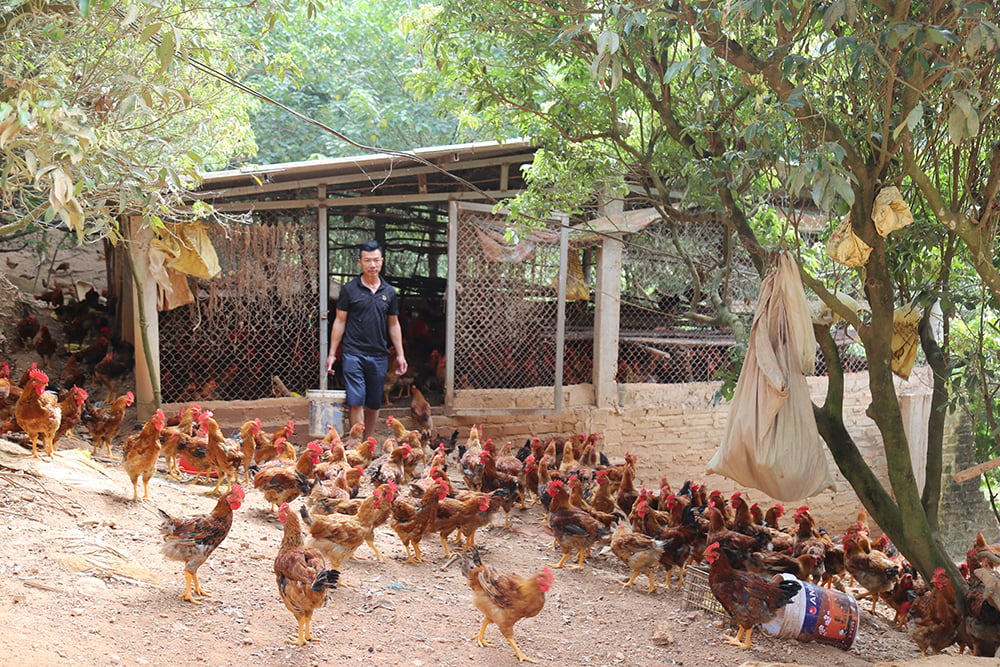


![[Photo] Unique architecture of the deepest metro station in France](https://vphoto.vietnam.vn/thumb/1200x675/vietnam/resource/IMAGE/2025/11/14/1763107592365_ga-sau-nhat-nuoc-phap-duy-1-6403-jpg.webp)

![[Photo] Unique art of painting Tuong masks](https://vphoto.vietnam.vn/thumb/1200x675/vietnam/resource/IMAGE/2025/11/14/1763094089301_ndo_br_1-jpg.webp)


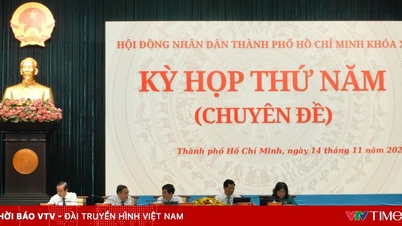


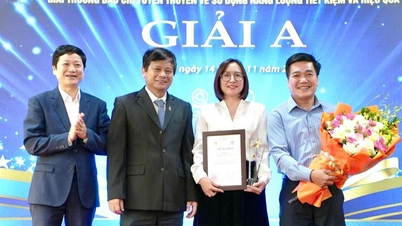


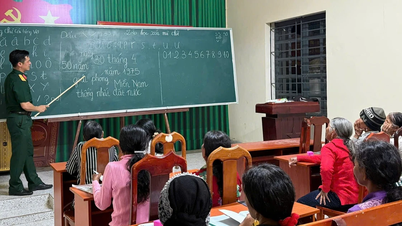






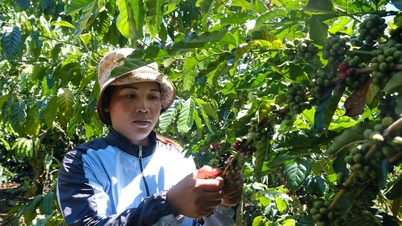
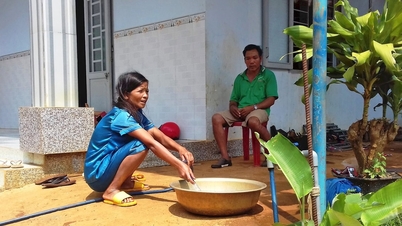









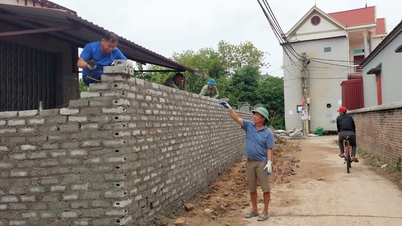
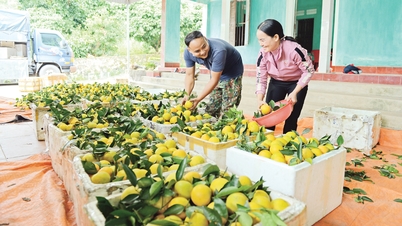
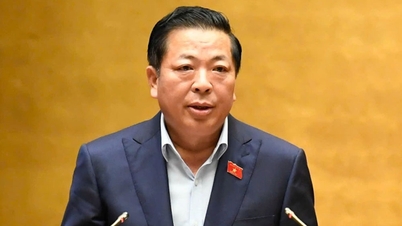


![[Photo] Special class in Tra Linh](https://vphoto.vietnam.vn/thumb/1200x675/vietnam/resource/IMAGE/2025/11/14/1763078485441_ndo_br_lop-hoc-7-jpg.webp)









































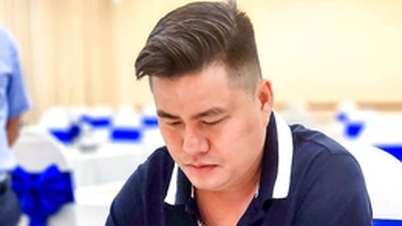





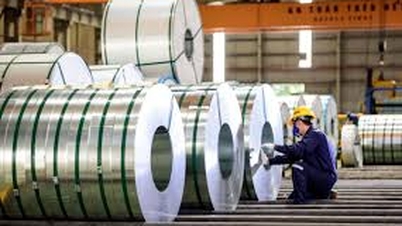


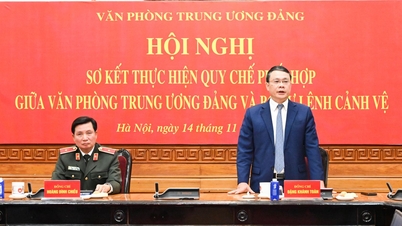

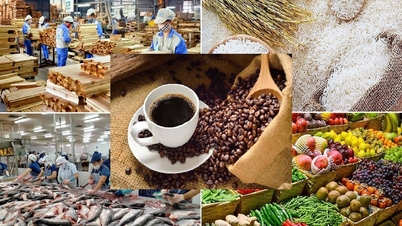



















Comment (0)